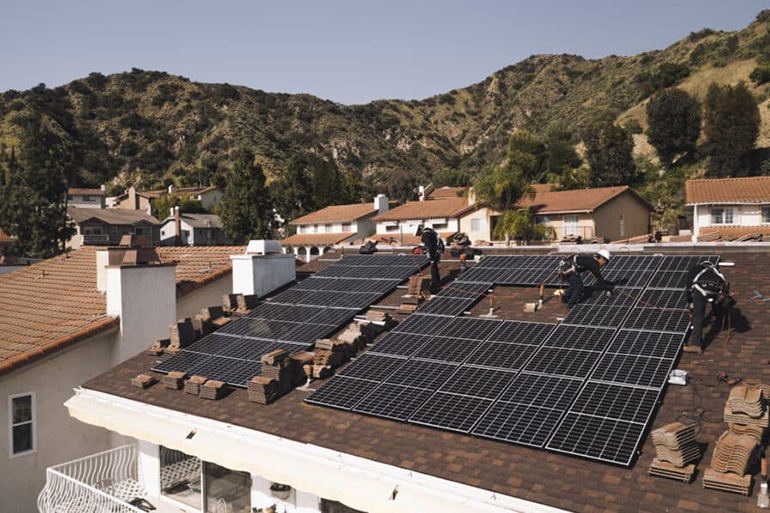
Conventional silicon photovoltaic (PV) cells have long been the standard in the solar industry. But as the technology matures and approaches hard efficiency limits, researchers and manufacturers have started to embrace a relative newcomer — the Passivated Emitter and Rear Contact (PERC) solar cell.
In this article, we’ll look at the core benefits of PERC solar cells, how they work, how they’re made, and even how to sell them. But first, let’s get into some background about how conventional solar cells work and what limitations they present.




Now there are ‘other technologies’ like IBC (interdigitated back contact) manufactured panels that move the contacts to the back of the solar cell and do away with front buss bars on the cells to capture more photons. IBC are about 1% to maybe 1.5% more efficient in capturing light and turning this into a D.C. buss. The temperature specifications of the IBC panels is lower than PERC and other panel architectures as the IBC does not degrrade as much at high temperatures, the IBC panel costs more and yet the back contacts allow more heat removal from the solar cells. Right now the two big players are Maxeon and Trina Solar. Not sure if the new TOPCon type ‘n’ solar PV cells use IBC connections or not. IF the new TOPCon cells do not use IBC, it might take the actual efficiency of the TOPCon ‘n’ cells up to a solar harvest efficiency of around 28%, over 30 years of use, this makes a big difference in energy harvest each and every day, even cloudy days.
This is a very good magazine for solar industries technology and updates.